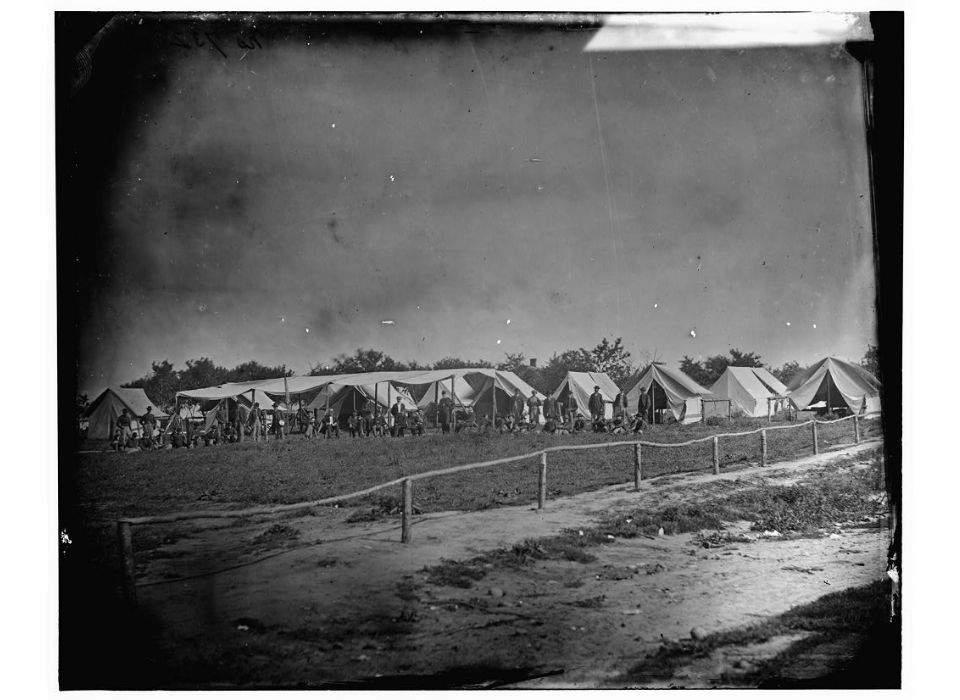
Library of Congress The very name conjures images of battles and generals, of soldiers fighting, wounded, or dead. The names of Gettysburg, Antietam, and Shiloh ring through our national conscience. But what if we go beyond that? Beyond the battles and battlefields, beyond the statistics of that awful conflict? The Civil War touched just about everyone who lived in the United States at that time. Whether it was wives who watched their husbands march off to war, or children who waited in vain for their fathers to come back. The Civil War stamped both people and places with its mix of bravery and cowardice, elation and sorrow, hatred and forgiveness. In 1861 Georgetown was primarily considered a Southern town. Slavery was legal and 90% of the population was from south of the Mason-Dixon Line. After the fall of Fort Sumter, President Lincoln took quick steps to ensure Georgetown's southern aspirations would not be realized, especially considering its proximity to the Capitol. The genteel atmosphere of Georgetown was shattered by the presence of 7,000 to 15,000 troops that were quartered in the city during the war. Troops were hurriedly brought into Washington to defend the city against possible invasion. The first troops to arrive in late April 1861 were part of the Irish Brigade, the 69th New York. They stayed on the grounds of Georgetown College (now University). They were quiet and well behaved. The 79th New York Highlanders followed them. Unlike their predecessors, they displayed drunken behavior and damaged college property. Many of the troops that followed continued the raucous behavior. The Evening Star complained about the lack of morals exhibited by the troops and wrote:
With the arrival of northern troops, many of Georgetown's southern sympathizers, or "secesh", crossed over into Virginia. By July of 1861, many thought the first battle, about to be fought in Manassas, Virginia, would end the war. The citizens got caught up in the carnival atmosphere that arose around the battle. Merchants seized the opportunity by selling spyglasses, maps, and even canes that turned into chairs to the people that wanted to see the skirmish. The festive atmosphere quickly turned to panic as the Union army was routed. Long traffic jams of soldiers and spectators fleeing the battle clogged the bridges into Washington. Along M Street remaining "secesh" taunted Union troops coming back into Georgetown. Confused and tired soldiers searched for lost units. Many collapsed in gutters or on lawns. Some officers crowded into bars to drink. The realization set in that this was not going to be a quick war. The government turned several Georgetown houses and businesses into hospitals and morgues. Georgetowners were divided into Northern and Southern sympathizers. Each side lived in fear of retribution for its loyalties. The following tour will point out some of the sites involved in the famous clash between North and South. |
Last updated: January 5, 2024
